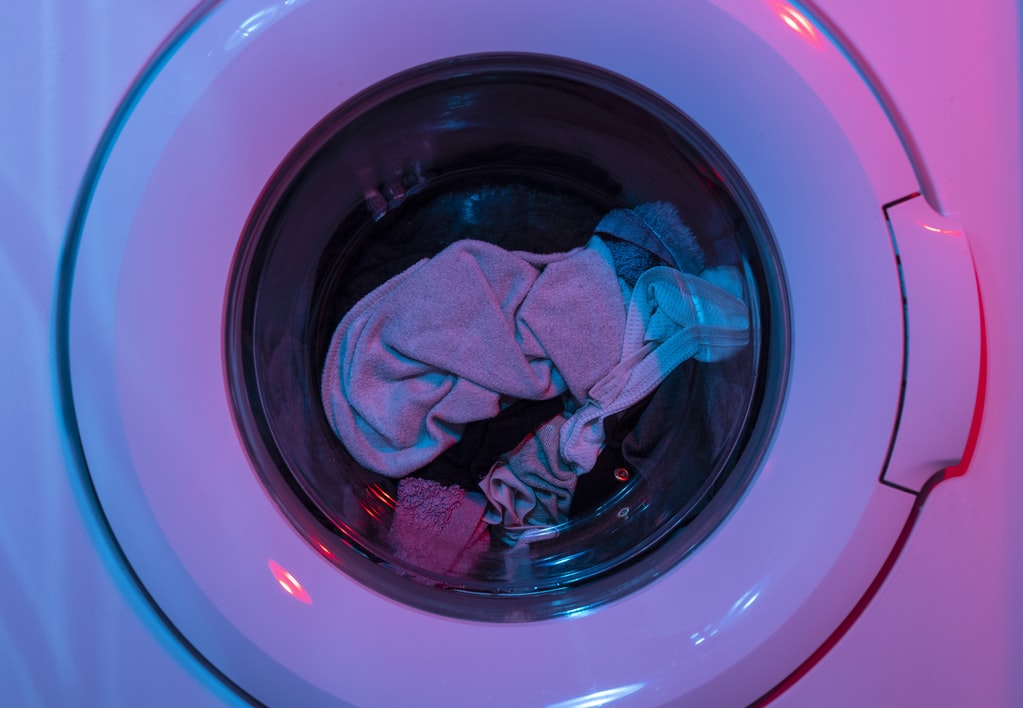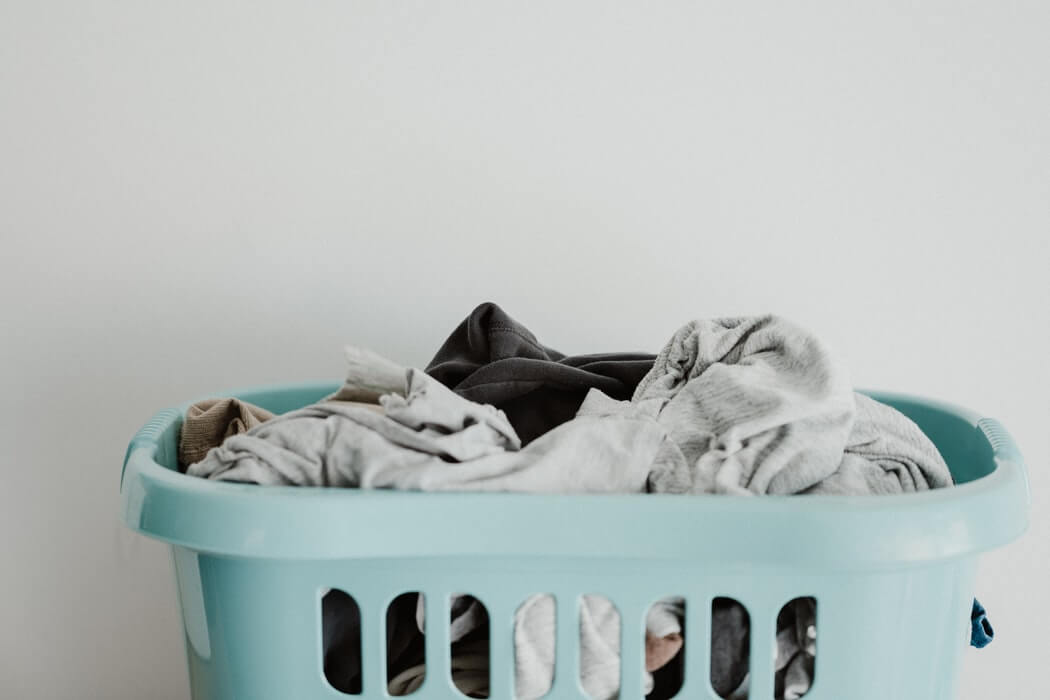Anyone can learn how to do laundry, and it is not difficult. However, it may be quite challenging for some. There are certain things that you need to remember when washing. You need to know a bit about the machine, detergent, and fabric before you can start washing the clothes.
The 10 basic steps on how to do laundry
-
Sort the Laundry and Group the Clothes According to Color
Before you start, you need to make sure that your laundry is sorted according to color. You should not wash the light-colored ones together with dark-colored ones. You can use this as a guide:
– Light gray, pastel, white, and have white background prints should go together in one group.
– Deep colors of dark gray, brown, dark blue, bloody red and its variants, and black should go together in one group.
– Heavily soiled should be separated from the rest and must still be grouped together by color. Don’t put the light-colored soiled items together with those that have dark colors.
It is good to invest in laundry baskets to separate the clothes. Designate a basket for each group. Make it a habit to throw the dirty clothes in the right basket.
-
Sort Once More
Sort each group of laundry further according to the type of clothing. Separate the sheets and towels from apparel. You also need to separate the jeans and t-shirts from dress shirts, blouses, and other items with lighter weight.
Washing by clothing type makes it easier and simpler to adjust the water temperature and drying cycles. To diminish lint, wash separately the fabrics that attract lint and fabrics that produce too much lint.
-
Check the Labels
Before you start washing your clothes, you need to check the labels to make sure that you are applying the right care. The care labels will tell you whether you can machine wash the article or not. You may also want to know more about how to care for wool, synthetic, and cotton fabrics. Each type of fabric has different reactions to cleaning agents, water, and heat.
Put the items that are labeled “hand wash only” or “wash separately” in a separate basket. You still need to group them by color. If there is a “dry clean only” warning in the labels of the articles, place them together in one bag and let the dry cleaner take care of them.
This process may be a bit tedious but very important. Not all fabrics are colorfast. The colors of dark-colored clothes usually run or bleed from the clothing and may stick to the fabric of the other clothes in the washing machine. When that happens, the affected articles will be ruined.
IF you don’t want to deal with special laundry care each time you wash clothes, don’t buy clothes made of delicate fabric.
-
Choose the Right Wash Cycle and Temperature
It is best to choose to wash the clothes in cold water unless they are heavily stained and covered in dirt. When you wash clothes that are not heavily soiled or dirty, you can prevent most disasters if you use cold water. However, it is advisable to use hot water when washing the bed sheets and cotton underwear to get rid of body oil that the fabric has soaked up.
You need to wash the towels and bed linens at the highest recommended temperature. You can do this every other wash to sanitize the towels and bed linens. You need to remember this: no matter what temperature of water you use when washing, make sure to rinse the items in cold water.
Most loads use the normal cycle, but you may need to use other cycles for particular fabrics to make washing more effective.
-
Choose the Right Detergent
Choose the all-purpose laundry detergent to wash clothes. Read the instructions to know the amount of detergent that you need to add based on the load size.
You need to pre-treat the stained clothes before you wash them. Pre-treating the stain can prevent it from setting in and making things more difficult for you. Put a stain remover on the affected area or rub some detergent on it.
To prevent residue on the clothing, you need to put the detergent in the washer first, and then you can load your dirty clothes.
-
Perform One Last Check
Spend a bit of time to do one last check before you load the dirty clothes to the washer. It is to ensure that you did not forget anything.
Check the articles for any stains. You need to pre-treat the stains to make washing a lot easier. Some types of stains need special techniques to eliminate them, while most stains can be removed by spot treatment. You need a proper method to remove mystery stains, which you can’t pinpoint the cause.
It is necessary to check the pockets and make sure they are empty – no coins or tissues that may cause trouble if not removed. Take away the jewelry, belts, and other accessories. Button up the shirts or blouses, fasten the Velcro, and close all zippers to stop them from causing damage to the fabric.
-
Put the Items to the Washer
When loading the clothes into the washer, do it piece by piece. Do not dump a big pile in one go. You need to avoid loading the washer almost up to the brim. The clothes must have some room to move around in the washer.
To reduce the worn-out appearance and to protect the finishes of the fabric, turn the clothes inside out before washing them.
-
Remove the Washed Articles from the Washer
You must remove the wet clothes from the washer immediately after the very last rinse. This can stop mildew and lessen the wrinkles on the clothes. Hang the clothes to air dry or put them in a dryer.
-
Put the Wet Clothes in the Dryer
Maintain the same grouping of clothes when drying them. It is necessary to dry items with heavy fabric together, and the lightweight items should be dried together. You need to choose the correct temperature to help protect your clothes from shrinking.
Hang drying your clothes come with many good reasons. You can save on electricity since you will let nature do the drying. Hang drying only brings minimal damage to the clothes. Unfortunately, hang drying takes a lot of space. You also need to be sure that it will not rain.
-
Fold, Hang, and Arrange Your Clothes in the Cabinet
You need to immediately take care of your clothes when they are already dry. Hang or fold every item that you take out of the dryer. This can prevent wrinkling. Ironing clothes can also be an option, especially if they are too wrinkly. Arrange the clothes back to their rightful places in your cabinet, and you’re done.
Now that you know how to do laundry, keep doing these helpful tips to make your chores easier. You decide on the laundry day schedule but make sure not to let the dirty clothes pile up like a mountain before deciding to wash them.


